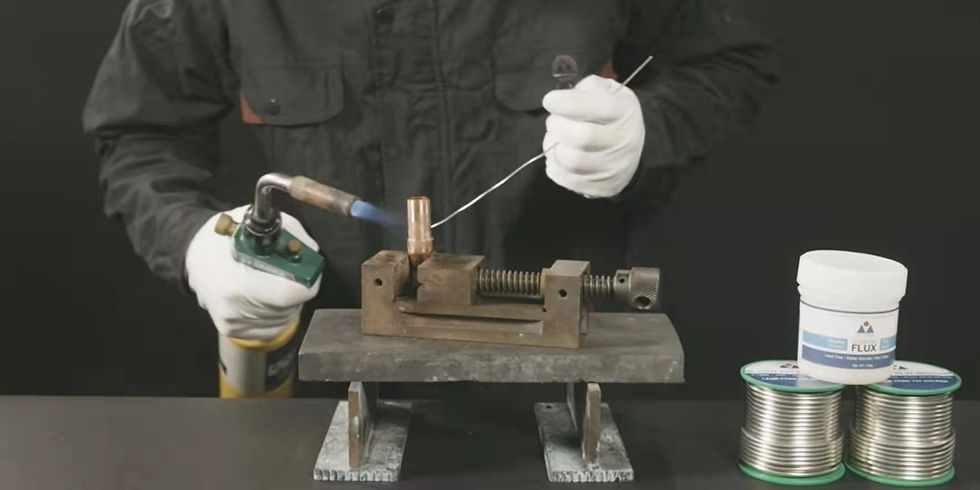Vacuum Brazing Alloys and Their Requirements
- Tony, the Welder

- May 15, 2020
- 2 min read
Updated: May 18, 2020
Vacuum brazing alloys refer to solders used for vacuum brazing or brazing alloys served under vacuum conditions. Such brazing processes are often carried in vacuum furnace, and brazing flux is not needed. The most widely used vacuum solders are silver vacuum brazing alloys, as they have appropriate melting point, good conductivity, high mechanical strength and plasticity. They also have high corrosion resistance in various kinds of medium. Silver vacuum brazing alloys can be used for the brazing of nickel-plated ceramic, stainless steel, titanium alloy, copper alloy and other materials.

Vacuum silver brazing alloys are mainly silver-copper binary eutectic alloys, which have short solidification interval. They have good wettability on nickel-plated ceramic, stainless steel and copper, and high electrical conductivity. Different content levels of tin and indium are added to reduce the melting point of filler metals, so as to meet the demands of step brazing. However, the solidification interval of these filler metals is relatively large, so fast heating speed is required within the brazing temperature range in order to ensure good brazing performance.

Strict requirements for vacuum brazing alloys:
1. High quality raw materials and advanced manufacturing processes such as vacuum smelting and vacuum annealing are required. Such requirements ensure that less harmful impurities will be included in the alloy, and composition will be uniform. These requirements also ensure good air tightness, and that surface of the alloy can be bright and clean.
2. Brazing filler metal is required to have low vapor pressure. Elements with high vapor pressure, i.e., volatile elements, such as Zn, Cd, Bi, Mg and Li are to be avoided.
3. Brazing filler metal is required to be extremely clean, so as to avoid inclusion and the release of gas during brazing, which will cause brazing to be inefficient and severely impact the operations of the brazed parts.




Comments